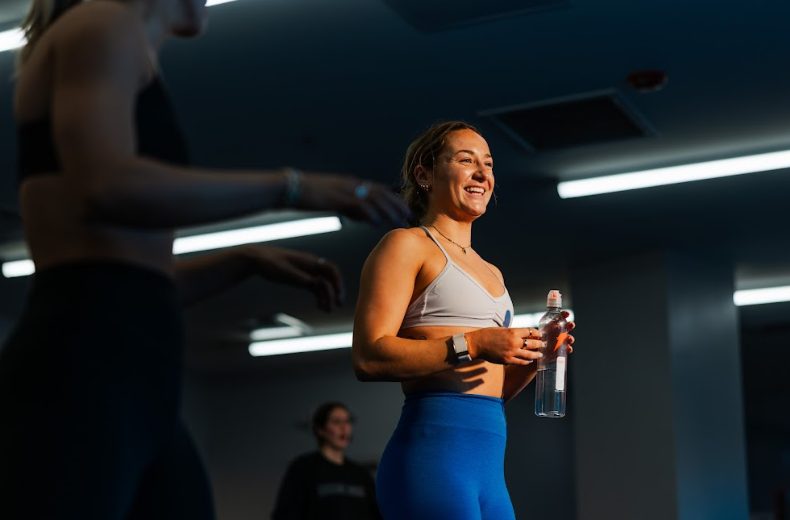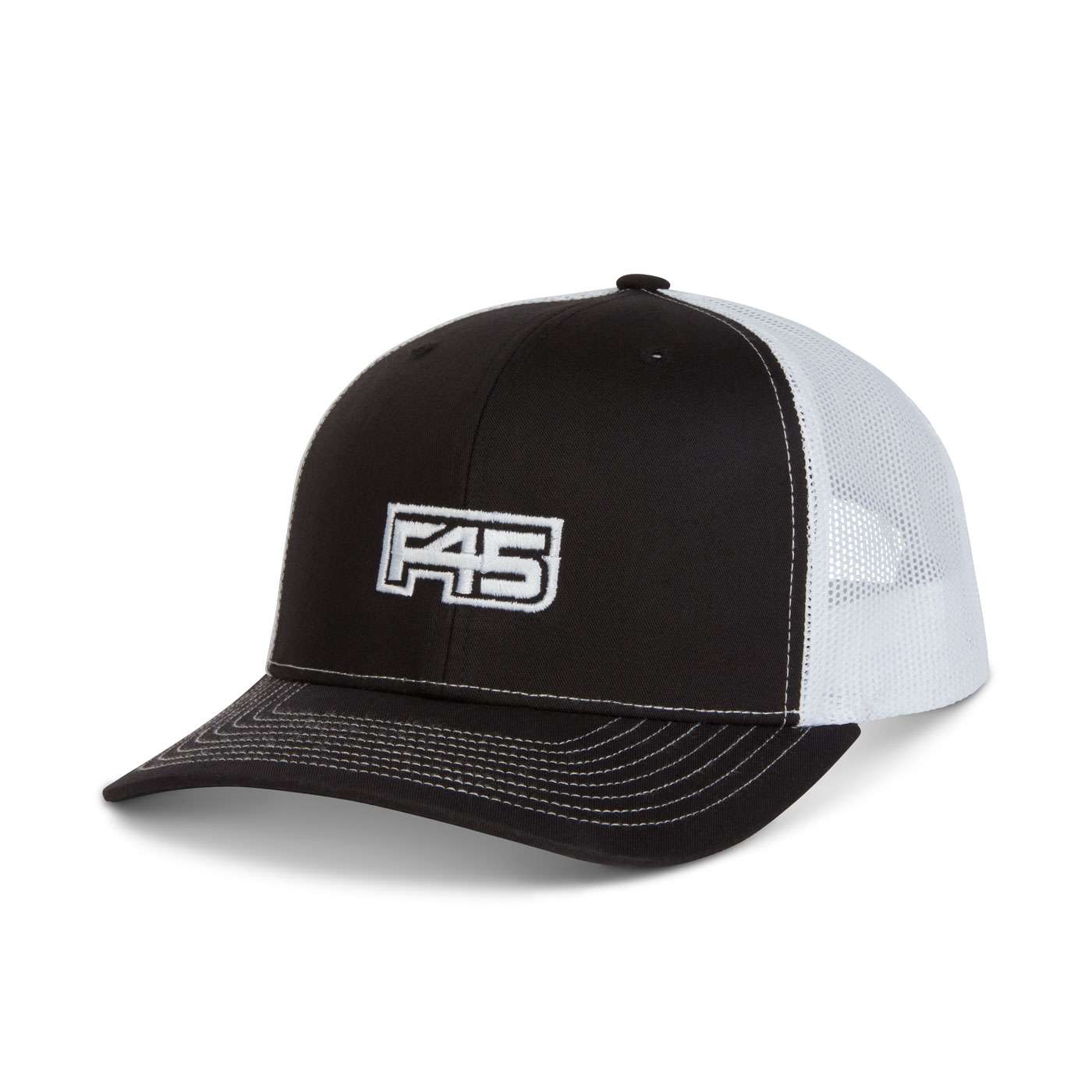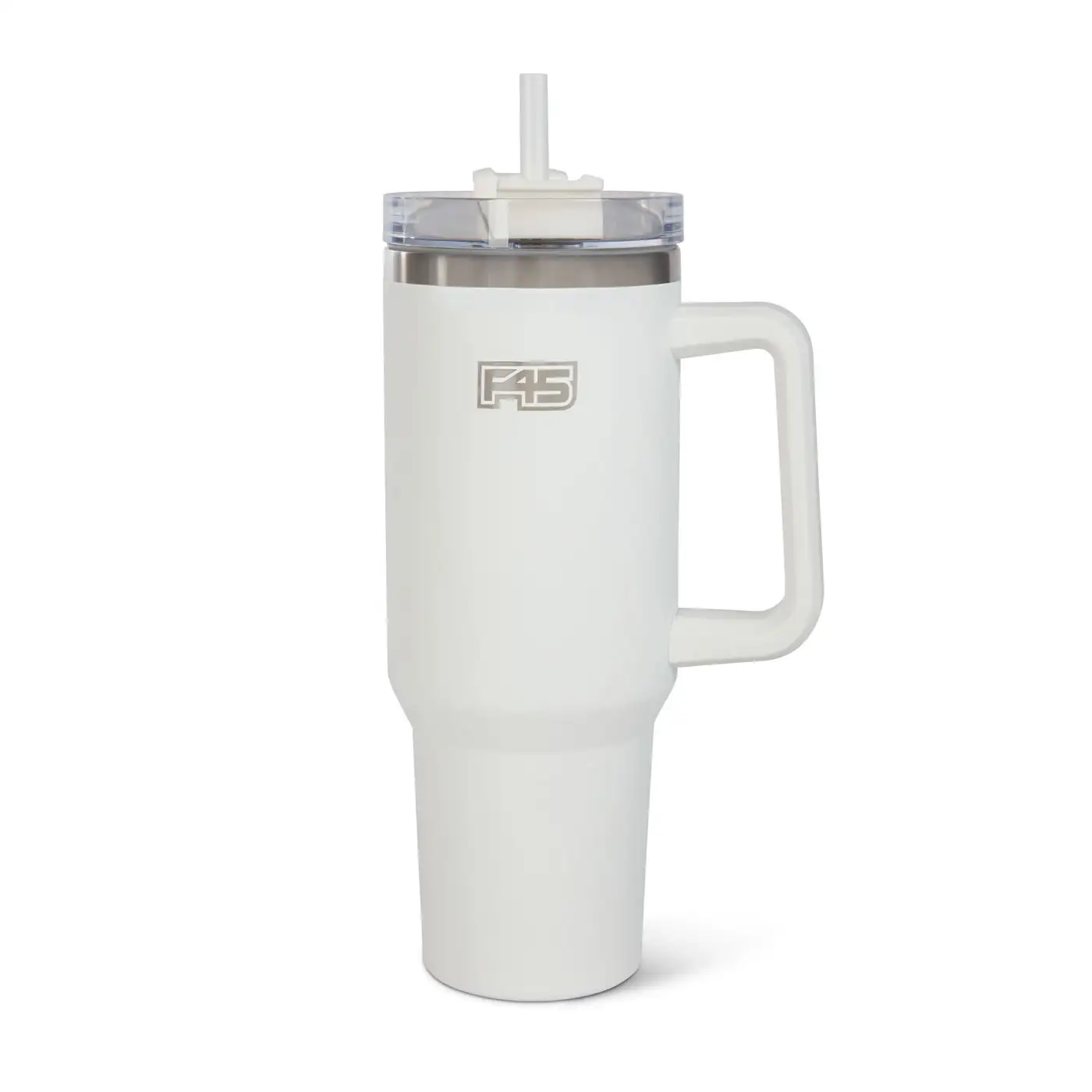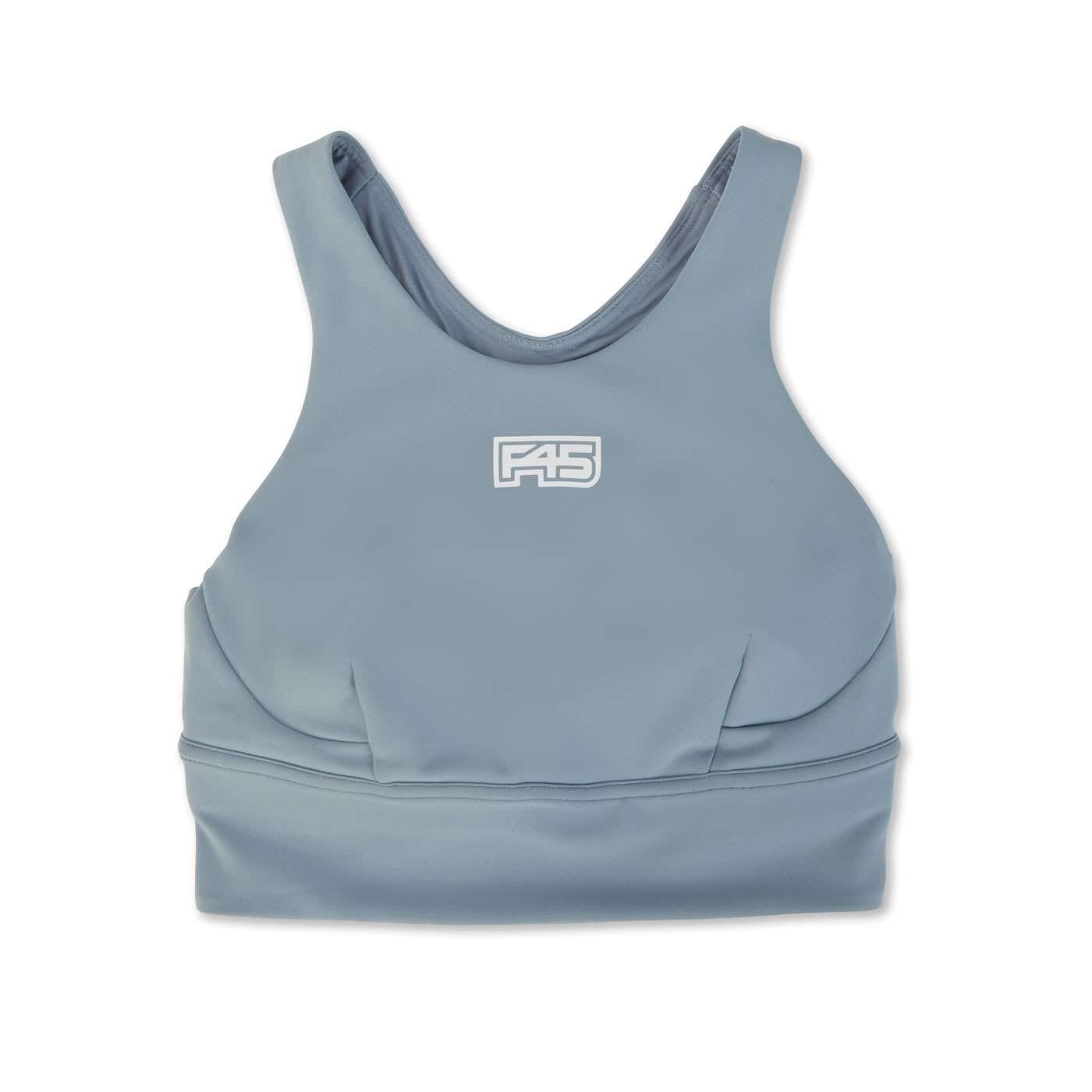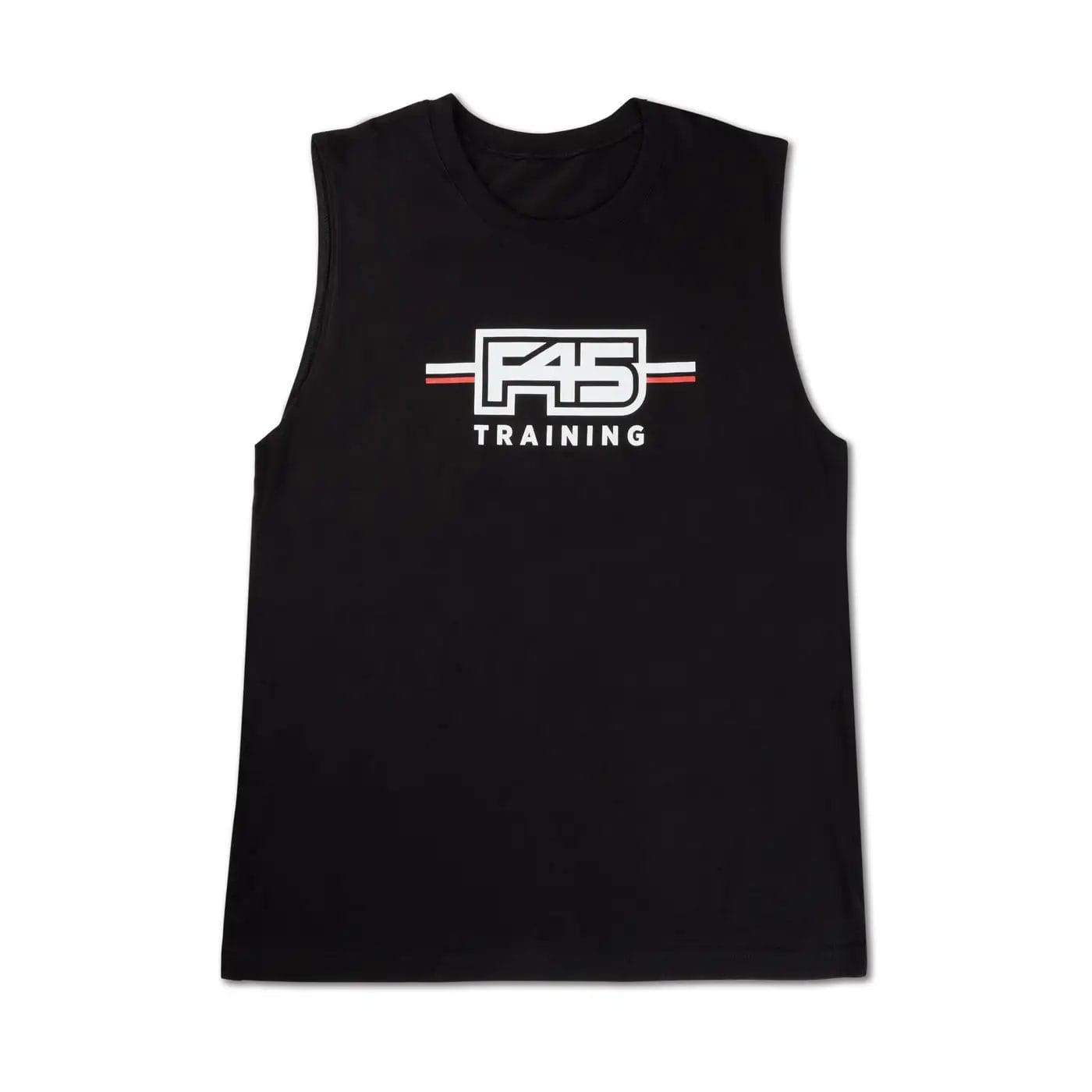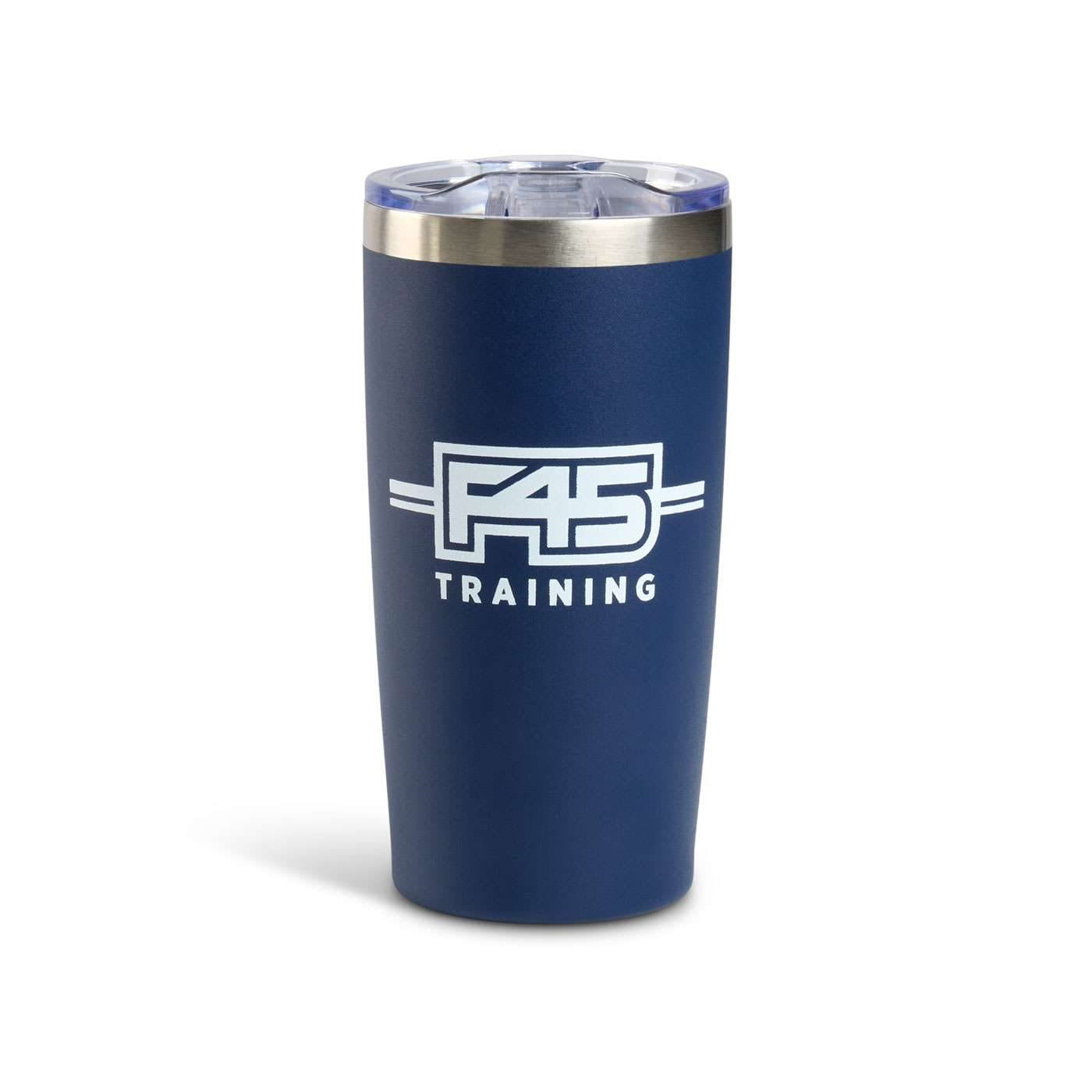Learning how to meal prep is an awesome way to eat healthy while leading an active lifestyle. Preparing your meals is practical, convenient and can empower your workout goals with quality nutrition. Less time spent cooking frees up more time for other important parts of your daily routine, whether that be spending time with friends or family, stretching, relaxing, or enjoying more sleep!
Whether you’re aiming to maintain a healthy diet, fuel your workouts, or simply streamline your week, meal prep can be a powerful tool. If you want to discover how to start meal prepping, the experts at F45 have got you covered. Below, we’ll dive into the meal prep process, exploring:
- What’s involved in meal prepping?
- The benefits of meal prep
- How to start meal prepping for the week
- Tips to consider when meal prepping.
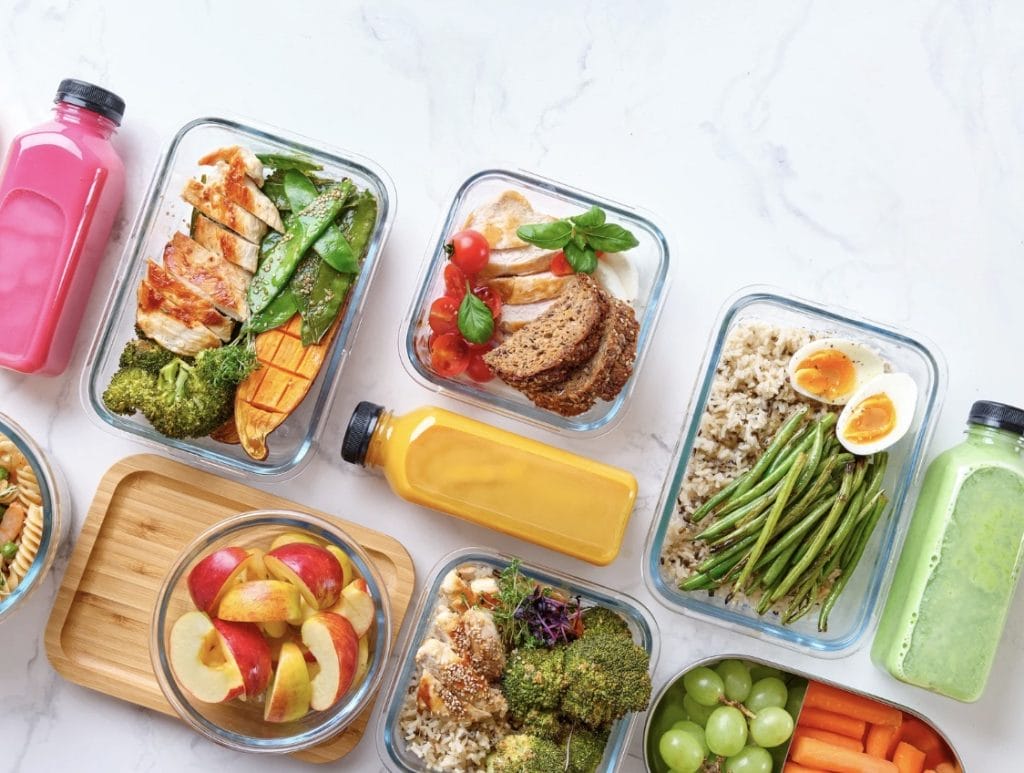
What’s involved in meal prepping?
Meal prep is the process of bulk cooking and storing nutritionally balanced meals in advance. Ahead, we’ll explain the technical side of how-to meal prep for the week, explaining when to cook, and the containers and kitchenware you’ll need.
Cook on your rest day: Many people prefer to cook on their recovery day, which is typically a Sunday for most people. But it can be any day where you’ve got between 1-4 hours to cook (depending on what you’re cooking) and should set you up for the following 3-5 days.
Storage and portability: Using sealable, reusable, and microwavable containers is recommended for food prep. Ideally you want the containers you use to match your serving size, this way you’re saving space if packing your meal.
Consider how long to keep food: Most meals will last in the fridge for 3-5 days. To be safe we recommend consuming fridgerated meals within 3 days. Frozen meals in the freezer usually last 3-4 months. Frozen food keeps its nutritional content¹, allowing you to lock-in your healthy meal prep ideas for later.
The benefits of meal prep for the week
Preparing meals ahead of time is popular for many F45 members. What we eat and how we eat has a variety of positives for our workout routine and general life, let’s explore below.
Time Efficiency: Many people learn how to start meal prepping to save time. Spending a few hours prepping meals on a Sunday can save countless hours during the week. No more deciding what to cook or waiting for food to be ready.
Nutritional Balance: Planning meals in advance allows for a balanced diet with all the necessary nutrients. F45 trainer Jordi Duff says “Balanced meal prep should include a variety of
nutrient-rich food and macronutrients, (proteins, carbs & fats) making sure not to forget about hydration as this plays a huge part in both performance and recovery”
Weight loss: Consistency in your meals, also means you’re eating a similar number of calories each day. Combine this with a fat burning F45 workout to empower your weight loss journey.
Improved recovery: Having meals with a balanced amount of carbs, protein and vitamins supports recovery. Specifically, it can help muscle growth, mental wellness, and energy restoration² .
Financial Savings: Buying ingredients in bulk and cooking in batches is often more economical than dining out or buying pre-made meals.
How to start meal prepping for the week
Just like F45 workouts, learning how to food prep requires some planning and organisation. After you’ve practiced a few different meals, you’ll begin to streamline the process of buying, cooking, and storing your meals. Ahead, we’ll go through the steps for quality meal prep.
1. Planning: Research and note down healthy meal prep ideas. Once you’ve found a meal you’d like, apps like MyFitnessPal can do the rest for you, mapping out your serving sizes and the calories for each.
2. Shop efficiently: Buy your protein, grains, nuts, fruit and vegetables in bulk. Fruit, vegetables, and any meat will need to be frozen to keep fresh.
3. Cook in one go: Meals that be cooked simultaneously are best. One pot for grains, one pan for frying your protein or vegetables. Make use of your oven! Roasting is a great way to bulk cook your vegetables. While things are cooking, use this time to create flavourful sauces or dressings.
4. Store: Place the cooked food into containers, ensuring equal amounts are in each. Let the food cool before placing into the fridge or freezer.
Tips to consider when meal prepping
The time and amount you choose to eat can elevate your workout performance and recovery. Having a regular meal and snack pattern helps with weight loss, stress, and inflammation³ .
As Jordi puts it “tailoring meal prep for different workouts is all about balancing macronutrients and timing. For strength training, focus on protein for muscle repair and growth, along with carbs for energy. For endurance, increase your carb intake as this is what your body will use as energy.” Everyone’s preferences for meal prep are different, and the supportive community at F45 is here to drive your workouts and share useful information together. Now that you’ve discovered how to meal prep for the week, here are some additional tips to maximise the food you eat.
Pre-workout meals
Eating before exercise can provide energy to train with intensity and further prepare your body for recovery afterwards. However, the time you decide to eat is up to you and what your body is comfortable with:
2-4 hours pre workout: Aim to have a balanced meal including protein, fat, and carbohydrates (i.e. shredded chicken tacos or a ground turkey bowl with veggies & rice).
30-60 minutes pre workout: Have a small snack rich in carbohydrates. (i.e.) a piece of fruit, lain oatmeal made with water & small handful berries, low-fat greek yogurt with berries. Pre-exercise nutrition is great for maintaining energy levels4 during a workout.
It’s important to note that you should eat what feels best for you prior to a workout. By trying different things out, you’ll gain an understanding of what works best for you over time.
Post workout meals
After a workout, eating a protein and carbohydrate rich meal can support muscle recovery and energy restoration 5 . Jordi recommends keeping things interesting, “choosing a protein that you can cook up and add different herbs and spices to, can give you variety in flavour.”
If you’re able to eat within 60 minutes after strength training, aim to have a balanced meal rich in protein and fiber (especially if strength training) some options include:
- Bison or turkey burger with veggies and sweet potato
- Grains bowl with quinoa, black beans, veggies, and salmon
- Baked tofu with brown rice noodles and sautéed veggies
If you’re unable to have a meal within 1 hour of your workout, have a carbohydrate rich snack in the meantime, like:
- Banana
- Milk
- Yogurt
- Protein shake (one with carbohydrates)
Snacking between meals
Snacks are a key part of the meal prepping process, and a delicious treat can motivate us. When choosing snacks, try to pair a fiber source with a protein and/or fat source. This is the key to sustained energy and keeping you full and satisfied between meal times. Here are some examples of healthy workout snacks:
- Almonds + Banana
- Whole Grain Toast + Avocado/Guac
- Baby Carrots + Hummus
- Grapes + Cheddar Cheese slices
- Hard Boiled Egg(s) + Tangerine
- Greek Yogurt + Raspberries
- Walnuts + Apple
- PB + Whole Grain Crackers
- Blueberries + Pumpkin Seeds + Dark chocolate (yummy homemade trail
That’s all for learning how to meal prep with F45. Next explore the unique relationship between nutrition and sleep.
1 https://www.eatright.org/food/planning/smart-shopping/frozen-foods-convenient-and-nutritious/
2 https://www.ncbi.nlm.nih.gov/pmc/articles/PMC8878406/
3 https://www.ncbi.nlm.nih.gov/pmc/articles/PMC6520689/
4 https://www.ncbi.nlm.nih.gov/pmc/articles/PMC7696145/
5 https://www.ncbi.nlm.nih.gov/pmc/articles/PMC3905295/


